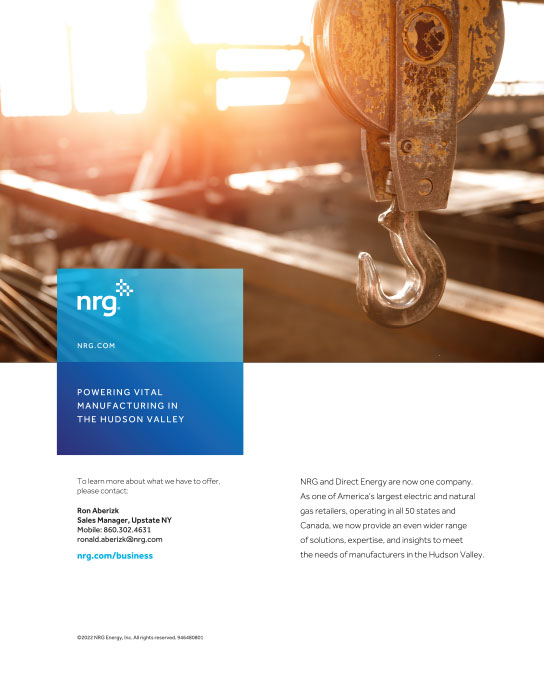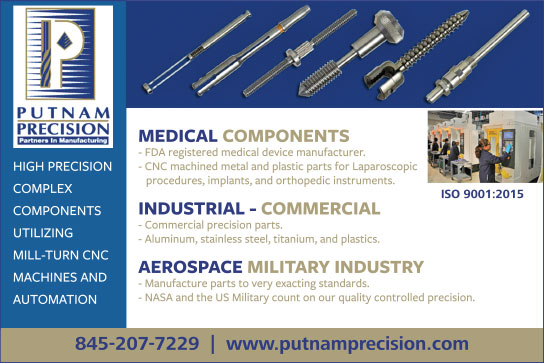AUTOMATION IS KEY TO STRENGTHENING U.S. MANUFACTURING
ALLENDALE MACHINERY SYSTEMS | MARTY MCGILL
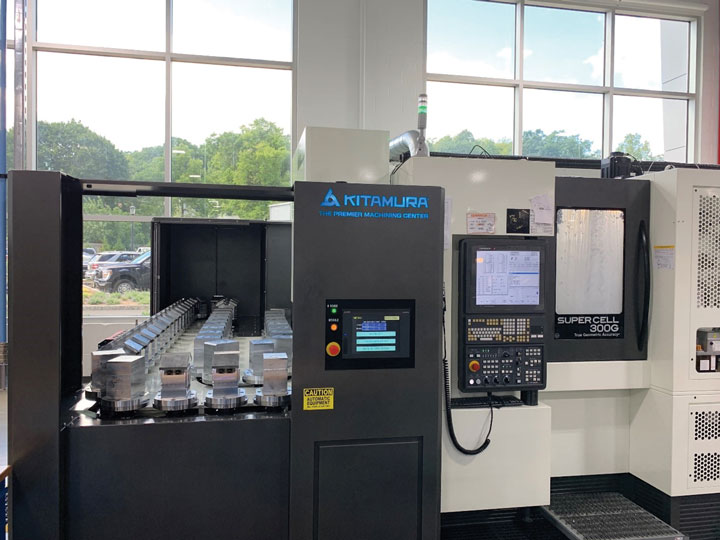
The last couple of years have made it clear that we must keep and bring manufacturing back to the United States.
We need to make baby formula, computer chips and build equipment for the military domestically if we are to survive and prosper.
With the demand and the need to manufacture more products in the United States, we must increase productivity with our existing staff and equipment. If planning for additional machinery, you need to consider if you also need additional employees or employees with new skill sets. Often, that is as important as the new equipment you’re adding.
The easy answer is to hire a skilled hard-working employee. Finding that employee however, is like finding the proverbial needle in a haystack. Most companies do, however, have key employees capable of bringing new technologies online, but they are already overwhelmed with their existing duties.
How do you free up their time to take on new responsibilities? One solution is to automate your existing processes. Automating can free your employees to focus on other tasks and opportunities. If you have the right processes, the right fixture and tooling, proper coolant, chip control, and a repeatable process, you should be able to easily automate.
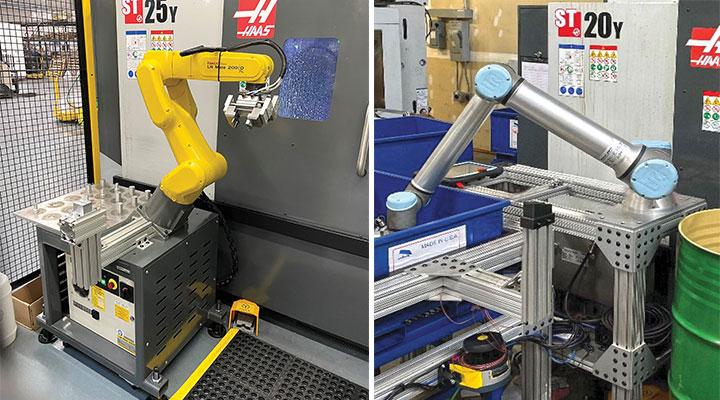
“Many manufacturers have found that with some simple process changes and accessory add-ons, they can increase production, part quality, and free up time for employees to do other value-added tasks.”
When most people think of automation, they think of Flexible Manufacturing Systems (FMS) and Robots. But automation can be as simple as adding a few multi-station vises. Instead of changing a part out every fifteen minutes on a one-station vise, a two-station vise frees up an employee for 30 minutes before changing parts. Or, if it’s a two operational part requiring a part flip, you’re producing a complete part on each machining cycle. Either way you create unattended machining time freeing up the employee for other things. The goal is to free up the employee from being tied to a machine loading parts.
Besides dual station vises, there are many other multi-station quick-changing fixtures that will drastically cut down on changing out parts or job changeovers.
One solution is utilizing a fourth- or fifth- axis rotary tables. Fixturing a part to be machined in one or two operations significantly reduces operator handling time and creates a better part. Many times, a part that requires multiple vise set-ups can be done in one set up on a rotary table and reduces the chances of error in having to handle and reclamp a part multiple times.
The simplest way to automate a lathe is by adding a bar feeder, especially on lathes that have multi-spindles and live tooling. On some simple applications, you could use a bar puller, but you will be limited to the length and size of the bars.
Many manufacturers have found, with making some simple process changes and adding some accessories, that they can increase production, part quality, and free up time for employees to do other things, including training a new worker.
It is important to choose a system that will be the best long-term solution for your company. Is it a large quantity of the same parts being mass-produced? Is it a large quantity of a family of parts that will require some fixture modifications? Short runs of similar parts that can use the same fixturing? What is part cycle time? Do you want to run unattended all day, all night, or all weekend?
There are many systems and solutions, to all these questions.
One of the most popular solutions and easy to implement is a robotic arm for basic machine tending. It can be simple to engineer for loading and unloading all types of machines. The major benefit is it can be added to an existing machine.
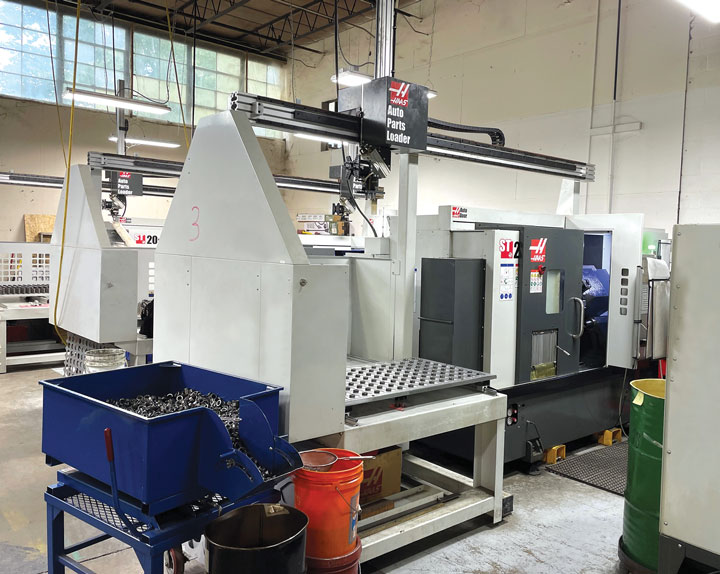
If the United States is to strengthen its manufacturing sector and shore up its critical industries, automation will play a vital role.
There are many companies that provide a fully integrated automatic part loading system with their machine tool. Some of these systems are application specific, which limit the flexibility of part configuration and size. You should determine your long-term requirements and consider a system that utilizes a main control for all functions with part set up configuration. Such a system can be extremely helpful.
Large run production with complicated part machining and parts with longer run times can be automated with pallet style machines. These pallet systems can be a two-pallet quick system to over a hundred pallets loading multiple machines. They also accommodate parts that need special fixturing, that cannot be easily loaded and unloaded with a robot arm. Larger automotive and medical companies are implementing the higher quantity pallet systems. Many mid-size manufacturers and job shops are installing machines with 20 to 40 pallet capability.
If you’re looking to increase production, automation is a solution to produce more parts economically and efficiently. It is highly recommended to partner with a reliable machine tool dealer that has experience and knowledge in robotics and automated systems.
Many people outside of the industry think the main goal of automating is to eliminate employees. The fact is that most of the time, automation is installed to do the work you can’t find employees for and/or to free up time so your existing employees can focus on more value-added tasks. If the United States is to strengthen its manufacturing sector and shore up its critical industries, automation will play a vital role.



